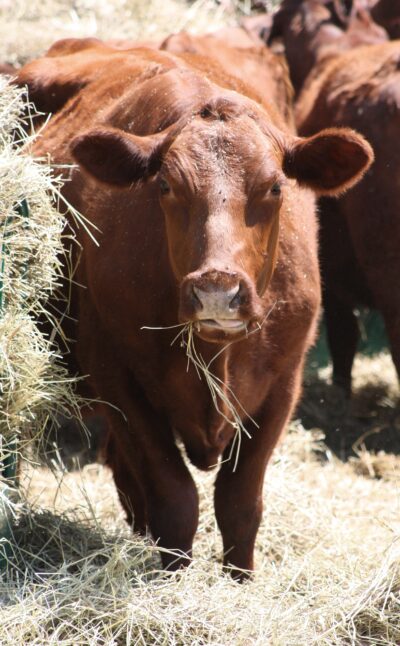Cattle were only ever meant to graze, forage or brouse. Their natural diet was only ever grass based. Their ancestors, the bison and the buffalo, ate this diet for thousands of years and sustained man and their environment.
Our cattle only see a grass based diet, they never see grain. We finish our cattle on pasture which means that they mature at 30 months and up, as opposed to the industry average of 14 months finished on grain.
For our cattle, our farm and the consumers we make it simple. Our cattle have a natural life, eating a natural diet, which creates stress free meat. What this means for the consumer is beef with great taste, texture and great nutritional values. So, please read carefully and understand that grass fed usually means grain finished. Grain finishing has even become a selling feature instead of a detrement to the quality of the meat. So please, visit our farm and let us show you the difference and when you purchase our meat, you’ll taste the difference.
Natural Farming and a Natural Life
Our cattle are a registered breed world wide that were selectively bred over 35 years. They are a composite breed of as many as eleven different breeds, some very rare, from around the world. The Shaver Beef Blend breed was the creation of one local family, the Shavers of Cambridge, Ontario.
These cattle were specifically bred to be part of a sustainable agriculture system. They were bred to perform on a grass based (sustainable) diet and to be finished on pasture. For the consumer this means that these animals when finished can produce a tender product without being fed any grains. The most important value to the consumer is that the meat can be marbled yet is very low in saturated fats and cholesterol. In some cases such as ours, testing now shows our beef to be lower in saturated fats and cholesterol than numerous samples of grain fed, high quality, extra lean chicken. This contradicts widely held views that grass fed beef is a meat high in saturated fats and cholesterol.
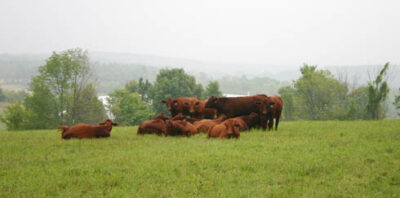
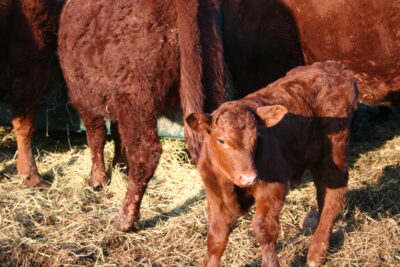
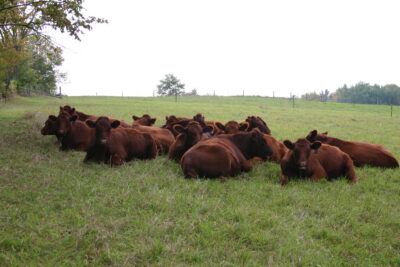
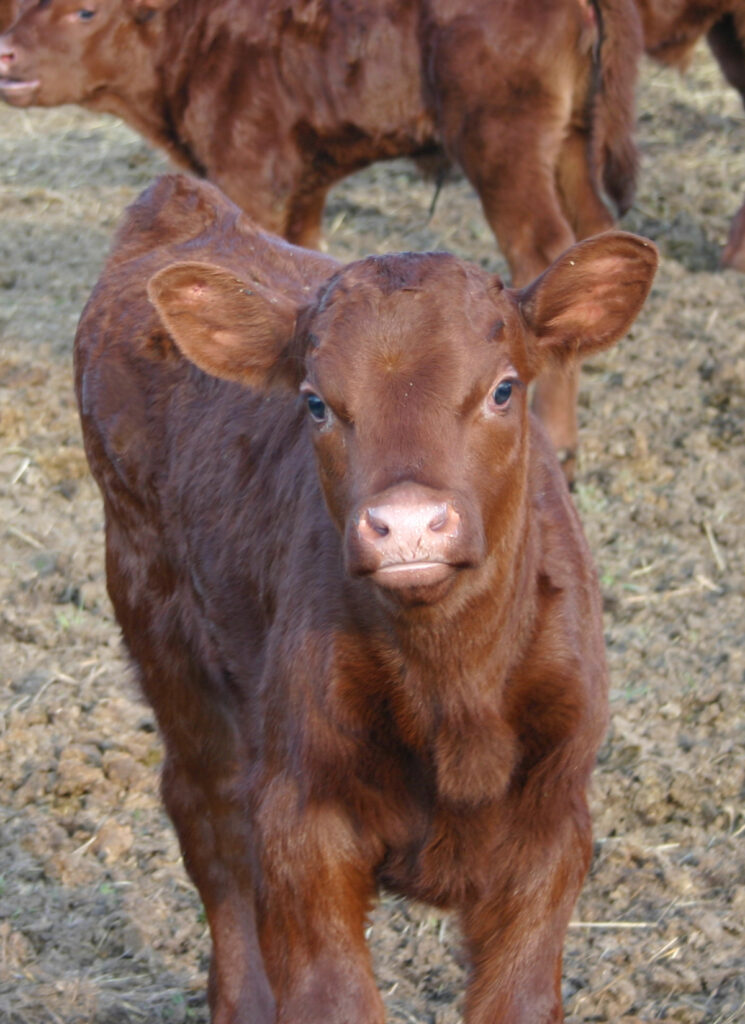
Our Herd, Our History
Our herd lives and grazes here much as cattle would have back in the 1700s when our farm was first settled. Our cattle live for the most part as a herd, mothers with calves and a bull ever present. Our cattle are inseminated naturally and contrary to popular belief, our bulls are passive creatures. We rotate our cattle from pasture to pasture for seven months per year. During the winter months our cattle eat the finest quality hay we can produce. Aside from pasture and hay the only supplements that we give our cattle are certified organic kelp meal, natural salts with trace minerals, and natural spring water. Our spring water has also been extensively lab tested from different areas on the farm and found to be free of any known contaminants including heavy metals. The only other ingredient in our beef is sunshine.
Nutritional Facts
For years claims have been made as to the health benefits for both cattle and consumers of cattle raised on a strictly grass fed diet. We couldn’t find solid backing for any of these claims so we have taken the extraordinary step of having our meat tested. Now we have our own “Nutritional Facts” label and it clearly shows that our beef has less of what you don’t want, lower in saturated fats and cholesterol (with no trans fats), and more of what you do want, iron, potassium, and the right balance of omega 3 and omega 6 fatty acids.
Of the labels we could find on high quality, grain fed, extra lean chicken, we discovered that the fat in chicken was an average of 8% and our beef was at 6%, and the cholesterol in chicken averaged at 20% with our beef being at 17%.
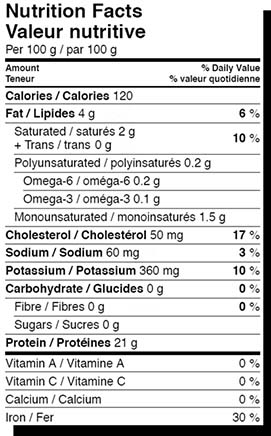
The Taste
The taste of our beef is simply a reflection of the right breed, the right diet and having had the best and most natural life we can possibly provide.
Here is what some of our consumers have to say about our beef:
“I’m really excited about the lab results and that the beef is so good for me but you know, it just tastes great!”
“This beef tastes like the beef my mom cooked when I was a kid.”
“I’m not much of a beef eater but I can’t get enough of the ground beef, it has great flavour!”
Cooking Tips
Remember that our cattle have had a life of pasturing and therefore have muscle tissue, rather than conventional cattle that don’t spend their days grazing. Therefore the meat is more nutritious and tastier however, it also must be cooked accordingly, slowly at a low temperature to achieve tenderness. This especially applies to the barbeque!
Roasts: Cook from frozen! Season as desired, place in roasting pan with 1/4″ water or broth, cook at 275ºF for approx. 45 min. per pound, using a meat thermometer to check desired doneness.
Steaks: Cook from frozen! Season as desired, drizzle with olive oil, BBQ on low heat turning frequently using a meat thermometer to check desired doneness.
Ground and Stewing Beef: Thaw and cook according to recipe used.
Burgers: Cook from frozen! Lightly brush grill or frying pan with olive oil, place burgers on low heat, turning frequently until desired doneness, recommended doneness for burgers is 160 F.


